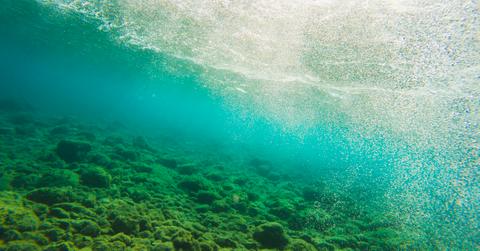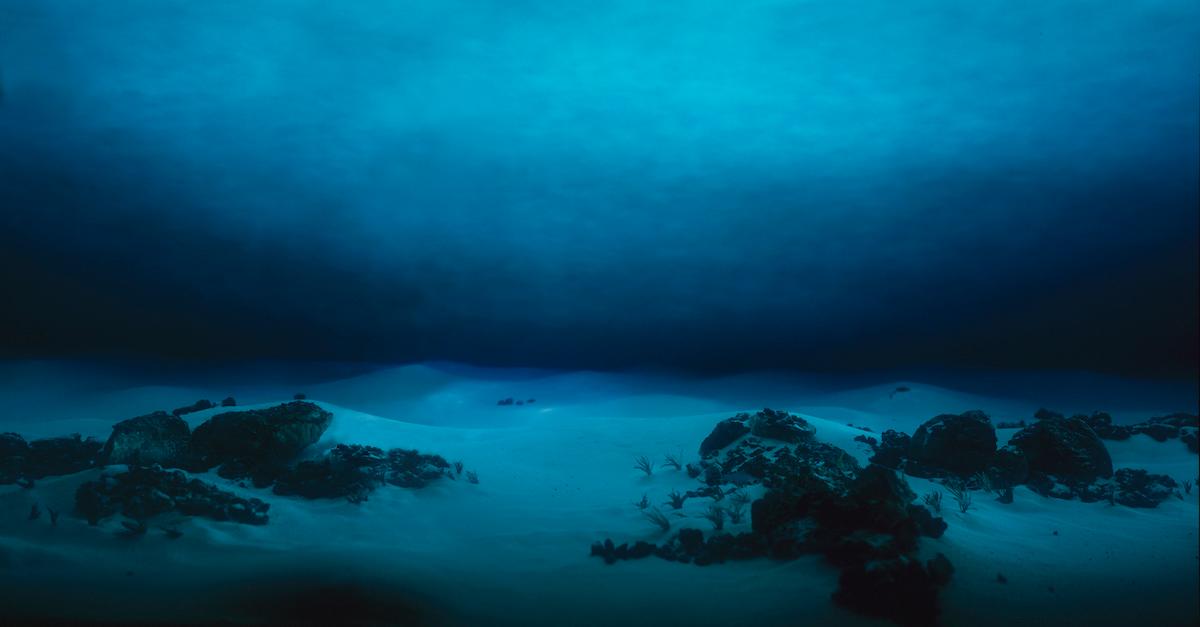Here's What Happens When the Seafloor Spreads, and Why It Can Cause Earthquakes
Published Nov. 20 2020, 1:53 p.m. ET

One of the most questionable aspects of Mother Earth is what really goes on beneath the ocean's surface — the sea makes up 97 percent of the planet, but only 5 percent has been explored. And although many believe that ocean-dwelling plant and animal life is largely undiscovered, scientists had no idea (until relatively recently!) that the ocean floor is continuously growing larger, making for a shocking natural phenomenon called "seafloor spreading."
What actually happens when the seafloor spreads? It can lead to a series of destructive natural happenings, from rising sea levels to earthquakes and more.

What does it actually mean when the seafloor spreads?
Seafloor spreading was discovered circa World War I, when the Navy started using echo-sounding devices to measure the ocean's depth, according to USGS. The Navy sent sound signals from the ship to the ocean's floor, and back, and while it helped them gauge how deep the water was, it also helped them recognize that the ocean floor was rugged with mountains that sometimes reach a full mile high, despite previous assumptions that the ocean floor was flat, according to a Bill Nye video.
The ocean floor's ruggedness, they found, is caused by seafloor spreading, a geological process National Geographic defines as when "tectonic plates — large slabs of Earth's lithosphere — split apart from each other." Beneath the ocean floor are ocean plates, which slowly move away from each other, making the crust less dense. Heat then rises from the lower mantle and core to the less dense surface crust, eventually causing it to crack, and hot magma to bubble up and fill the fractures.
The magma is cooled by cold seawater and forms igneous rock, adding to Earth's crust and creating mountainous ridges. The crust is thinner toward the center of the ridges, and becomes increasingly thicker the farther you move away from the ridge's center. Watch scientist Bill Nye explain seafloor spreading in the video, below, to gain a better understanding of this strange and unusual scientific happening.
What happens as a result of seafloor spreading?
In addition to the creation of new undersea mountains, according to Britannica, seafloor spreading can lead to a slew of other seriously destructive natural phenomena. For example, the ocean crust's edges can sometimes collide with an active margin plate, which can ultimately cause an earthquake, or it can even lead to heightened volcanic activity.
Sometimes, though, the results of seafloor spreading aren't quite as destructive. Seafloor spreading can also lead to the creation of new geological features such as the Red Sea, which was created when the African and Arabian plate tore away from each other. Seafloor spreading can also drastically change sea levels. When oceanic crust parts ways with mid-ocean ridges, they can sometimes sink even lower than before, which can actually lower the sea level.
Seafloor spreading is a truly wild natural phenomenon that is constantly being monitored and researched. We're hoping to learn more about it in years to come.